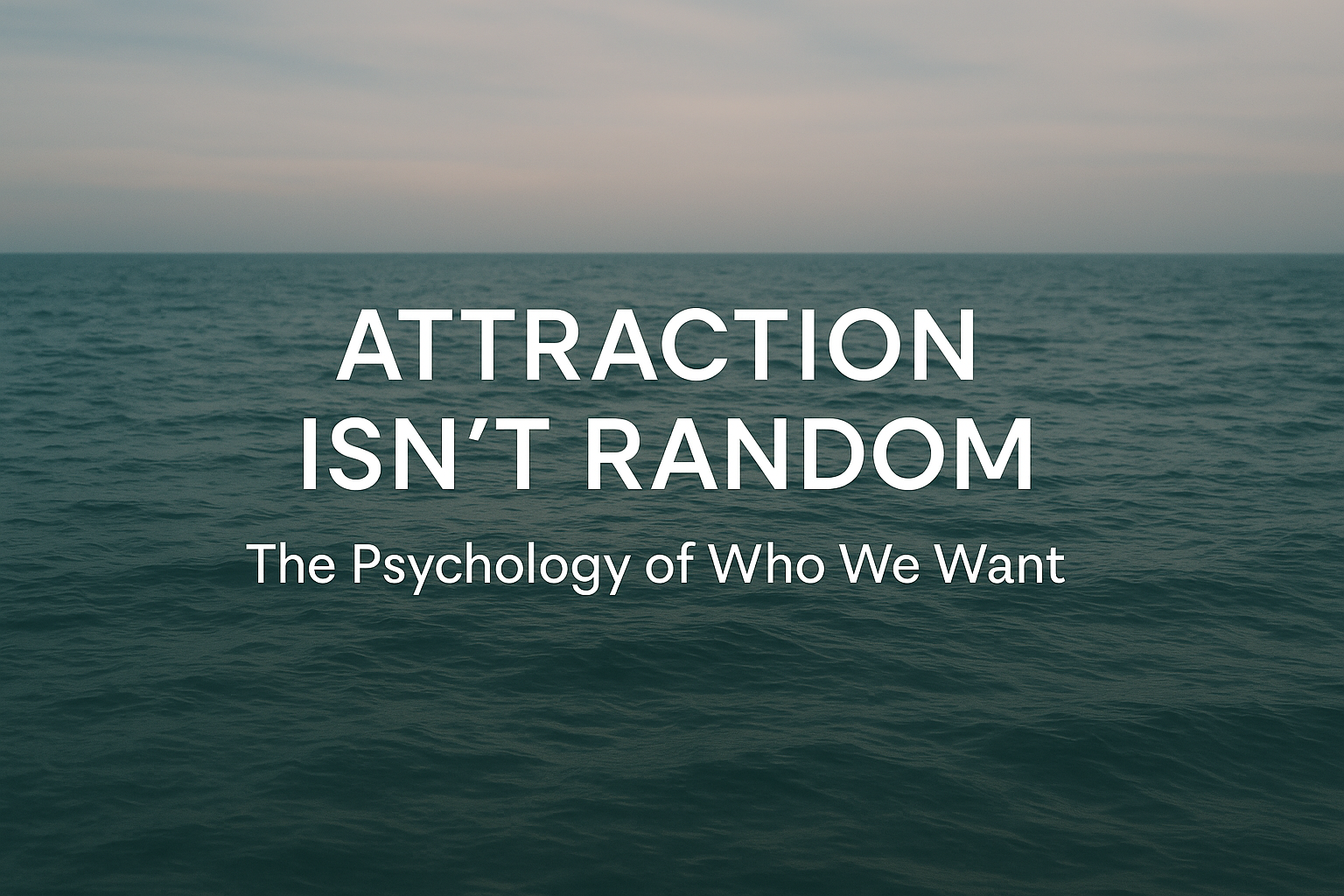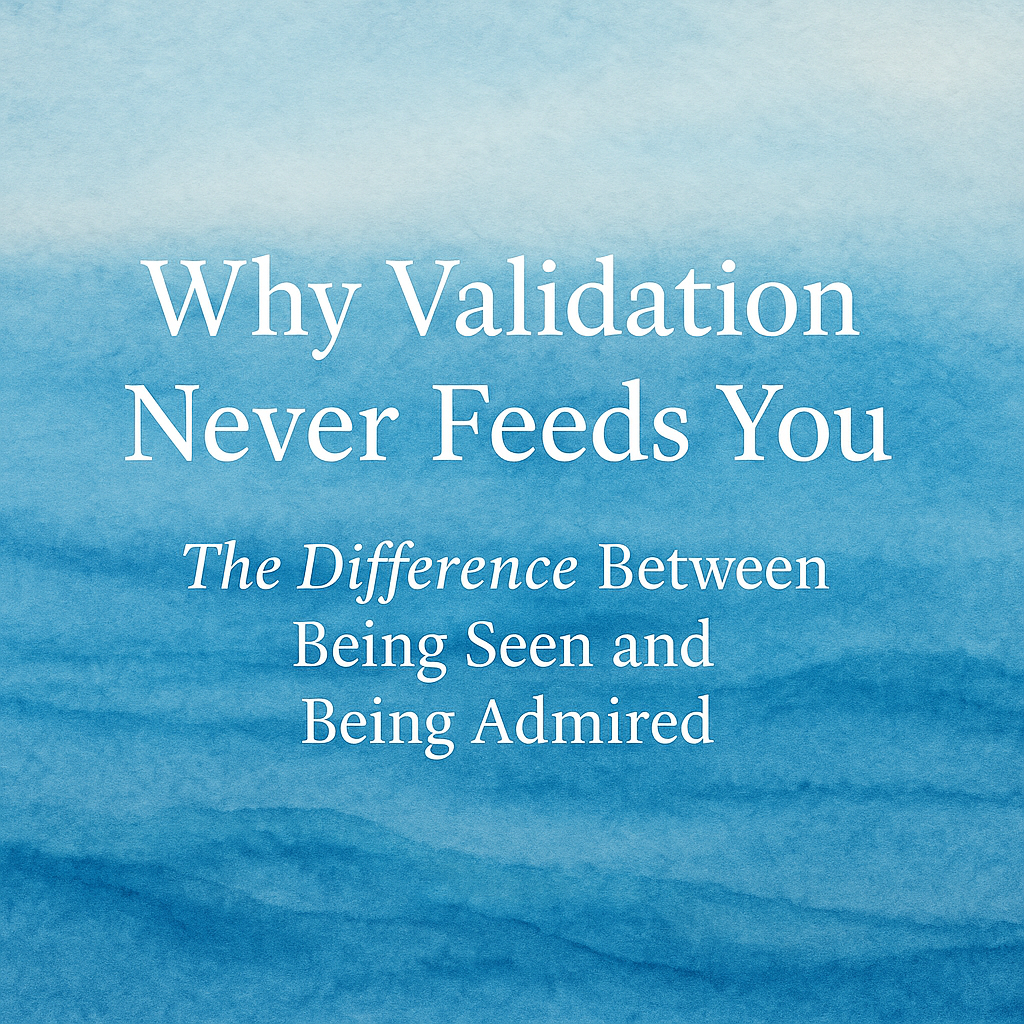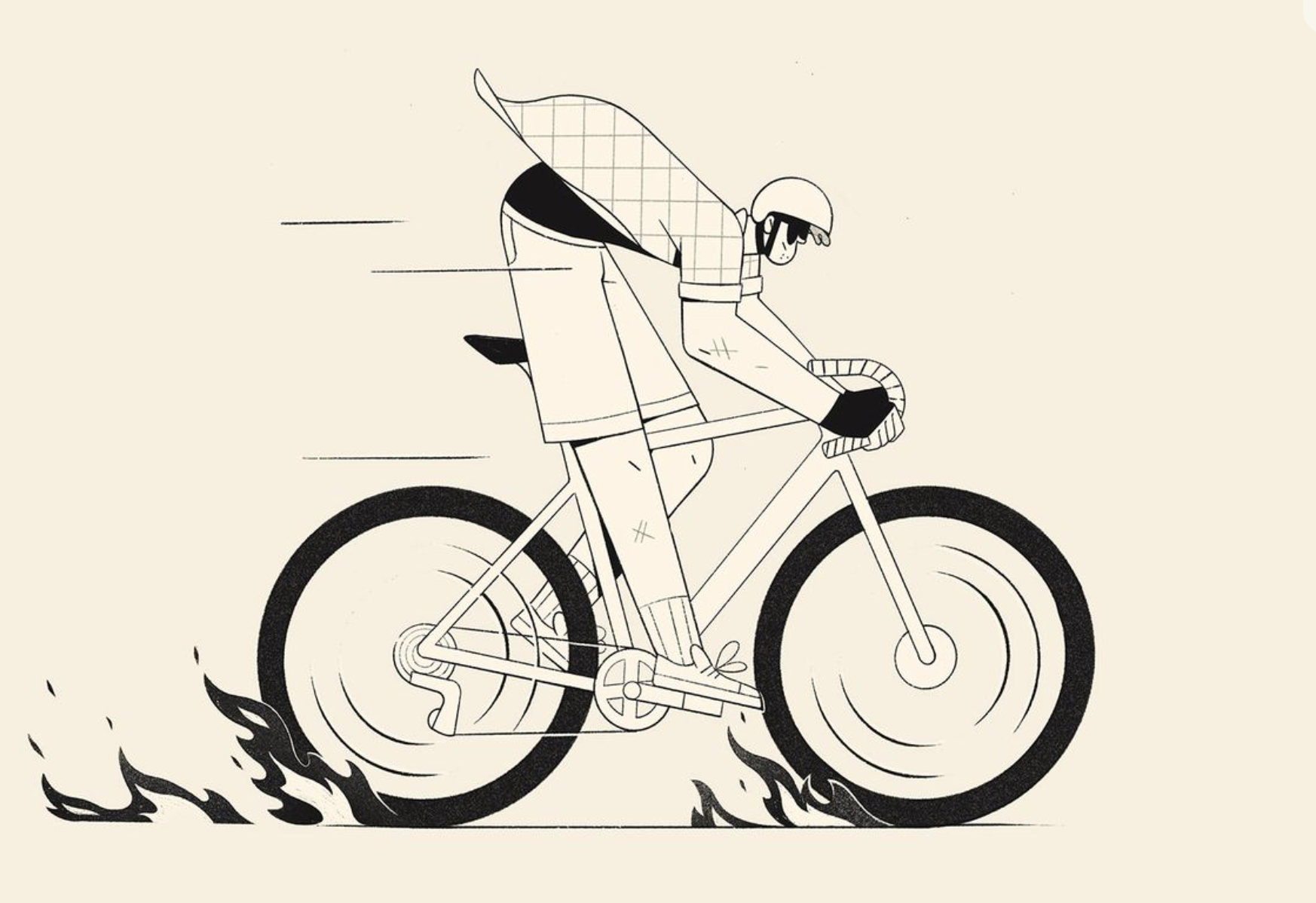We like to think attraction is a matter of chemistry or fate — that certain people just “click” with us for mysterious reasons. But beneath that spark lies something more complex: an emotional blueprint we’ve been carrying for years.
From the moment we enter the world, we start learning what love feels like — how safe it is, what we have to do to keep it, and what it costs to lose it. Those early lessons don’t disappear; they become the silent architecture of our adult desires.
The Emotional Blueprint Behind Attraction
We don’t fall for people at random. We’re drawn to the familiar — not because it’s necessarily good for us, but because it’s what our nervous systems recognize as home.
If love once meant working hard to earn affection, we may find ourselves magnetized to people who keep us at arm’s length. If love meant chaos, we may confuse intensity with intimacy. And if love was safe but emotionally muted, we might crave closeness but flinch when it actually arrives.
Attraction, in other words, often has less to do with what we want and more to do with what we know.
When Chemistry Is History
That feeling of chemistry — that sudden, electric “click” — is often the body’s way of saying, I’ve been here before.Something about that person’s tone, gaze, or rhythm stirs old emotional memory. The thrill isn’t always about who they are now; it’s about who they represent.
This is why we sometimes end up in repetitive relationship patterns that feel both familiar and frustrating. The psyche, in its deep drive to heal, keeps revisiting old wounds, hoping for a different ending. What looks like bad luck in love is often the unconscious trying to rewrite its own story.
The Unconscious Chooses First
Our conscious mindThe Conscious Mind refers to the part of the mind that holds thoughts, feelings, and perceptions tha... is rarely in the driver’s seat when it comes to attraction. By the time we’ve decided someone is interesting, our deeper self has already made the call. The unconscious — shaped by years of attachment and experience — recognizes something before we can name it.
That recognition can be intoxicating or unsettling. It’s what makes love feel fated, but also what can make it difficult to change our patterns. We may crave something new, but the nervous system only relaxes around what feels known.
Therapy as a New Kind of Knowing
This is where therapy can be transformative. The goal isn’t to “fix” your taste in people — it’s to understand it. To trace the logic behind your attractions so you can see when your past is doing the choosing.
In a therapeutic relationship, old dynamics resurface — but this time in a space that allows them to be seen, understood, and held differently. Each moment of genuine empathyEmpathy is the ability to understand and share the feelings of another person. In psychodynamic ther..., repair, and emotional safety begins to redraw the inner map. Over time, what once felt unfamiliar — calm, mutual, secure connection — starts to feel like home.
Choosing With Awareness
The people we want are not accidents; they are reflections of our emotional history. But awareness changes everything. When we start to recognize why we’re drawn to certain people, attraction becomes less of a mystery and more of a message — one that can guide us toward growth instead of repetition.
We may still feel pulled toward the familiar, but with self-understandingSelf-Understanding refers to the awareness and insight clients gain about their own thoughts, feelin..., we gain a new kind of freedom: the ability to choose not only who we love, but how.
If you want to read more on this topic, there’s a wonderful book called Mapping the Terrain of the Heart by David Wallin — a deep and insightful look at how our early attachment experiences shape the ways we love and connect as adults.





